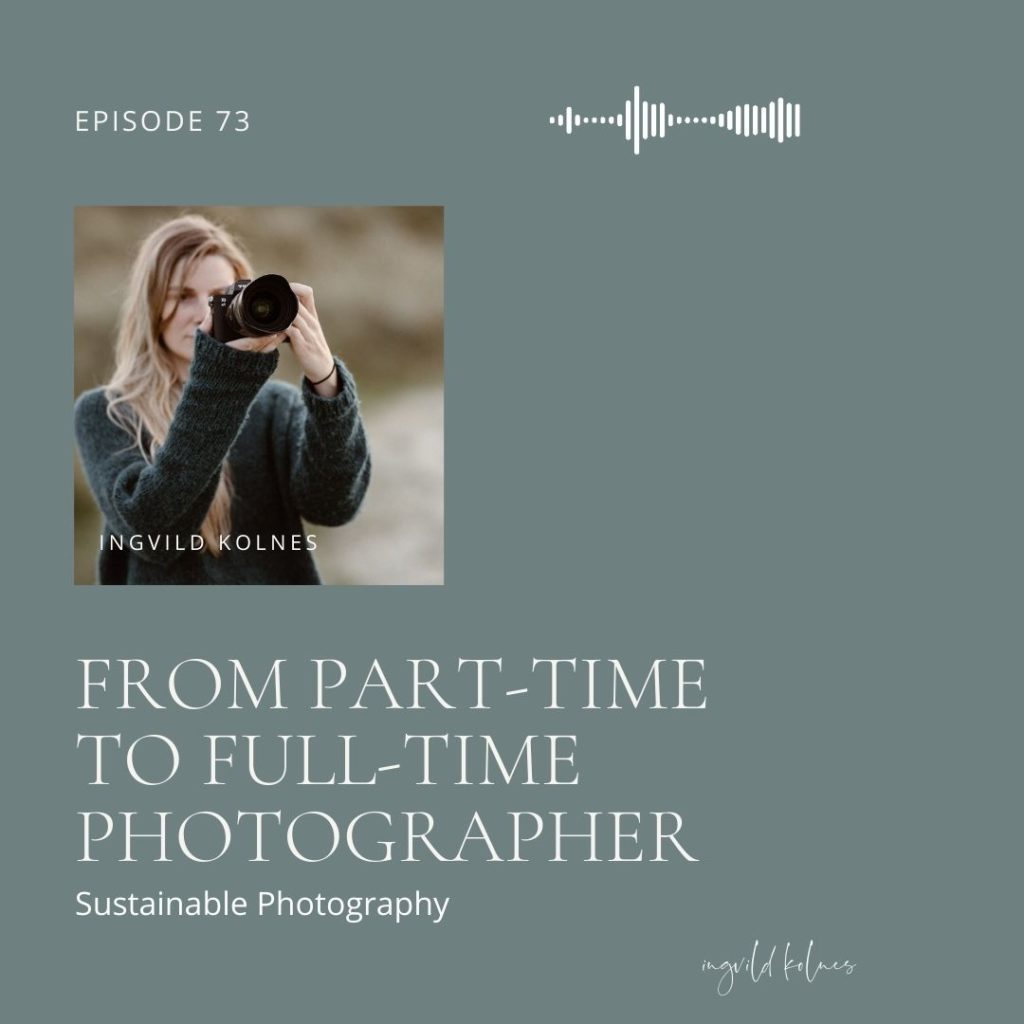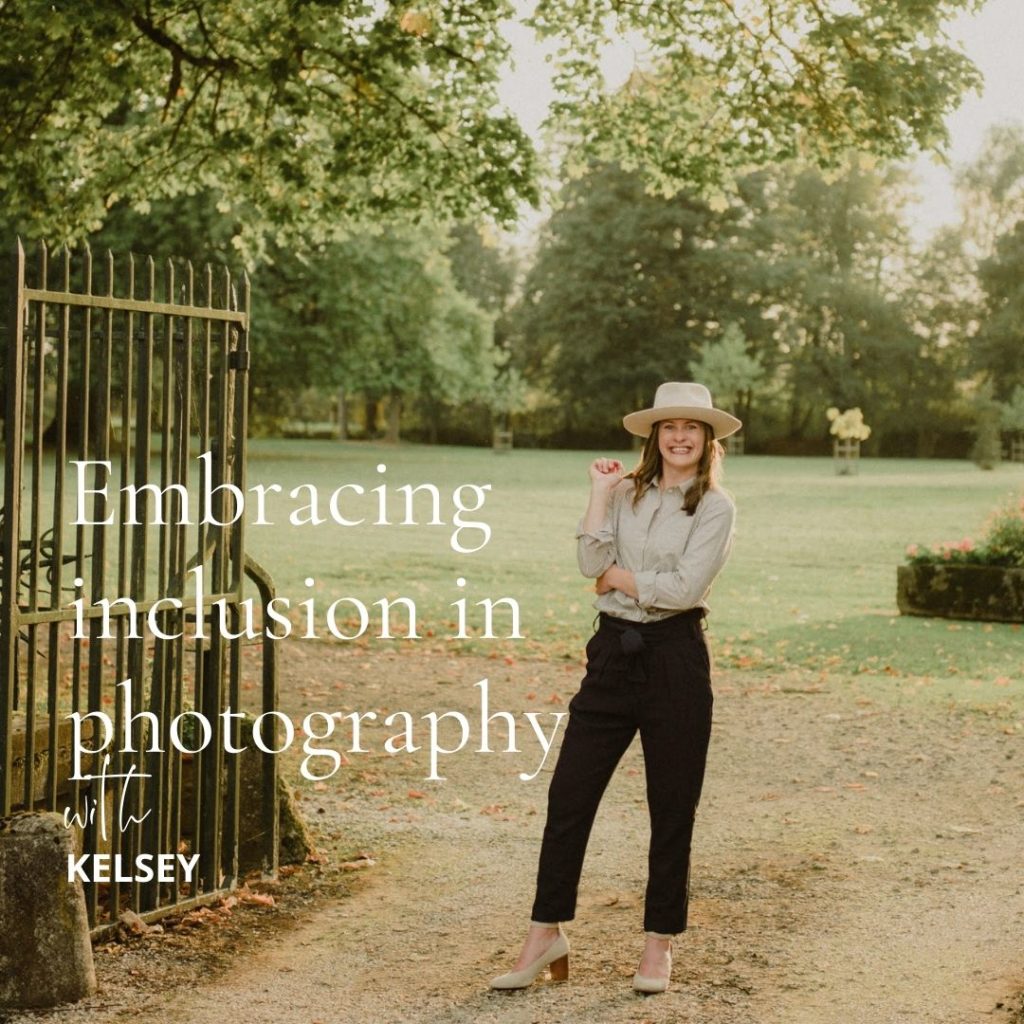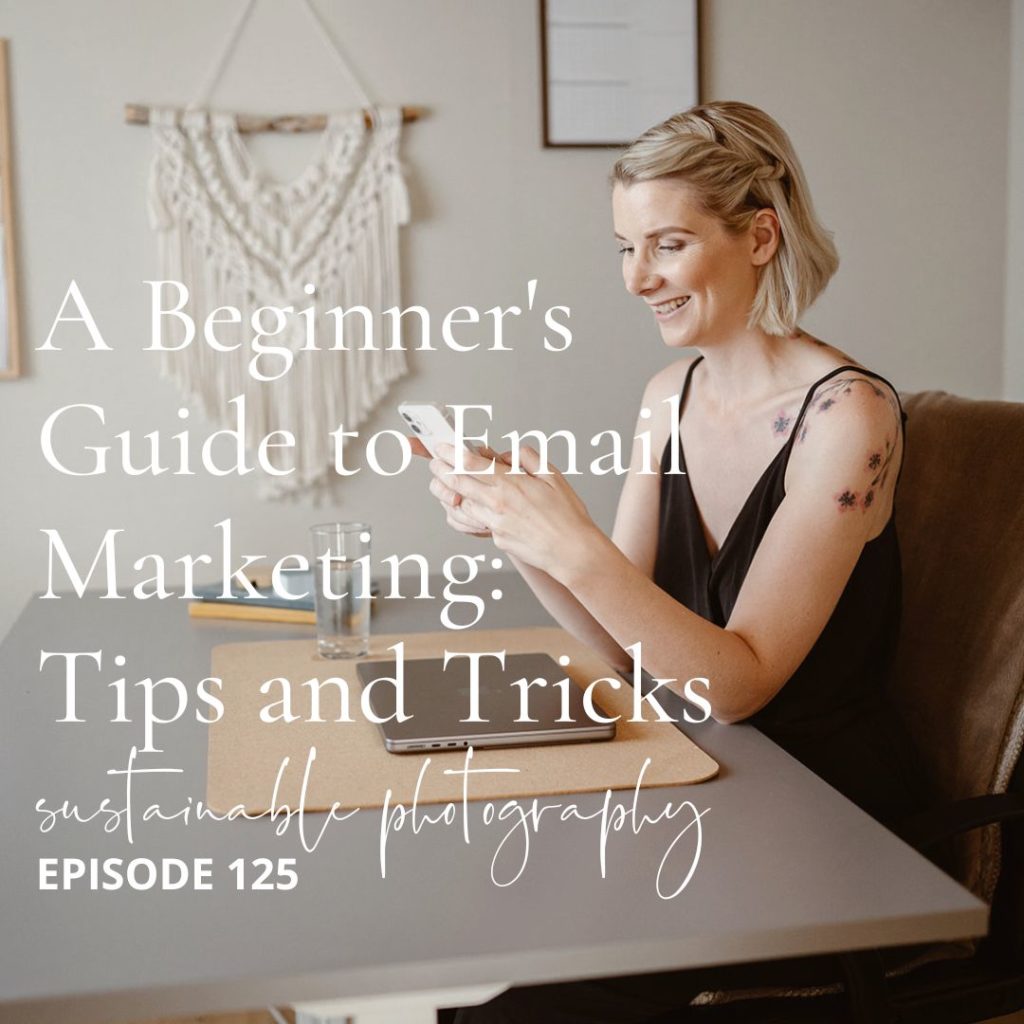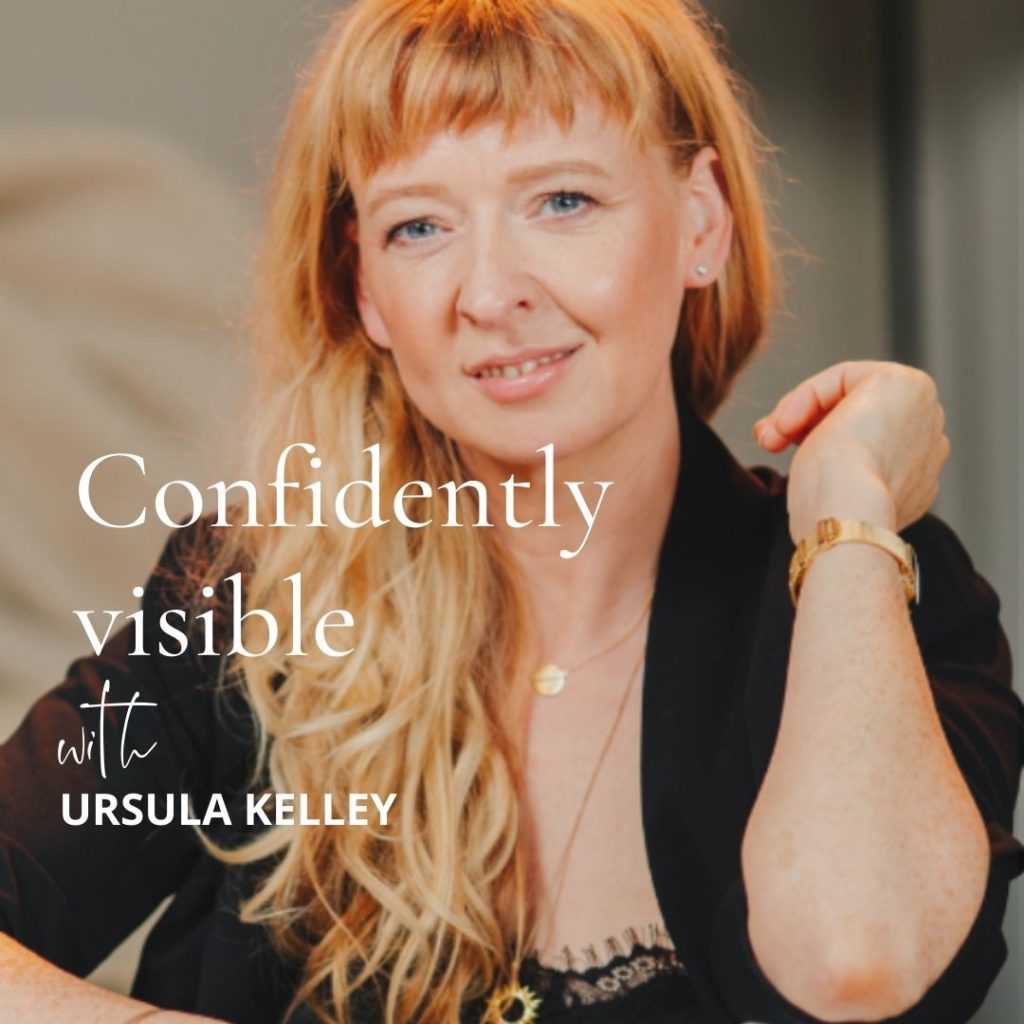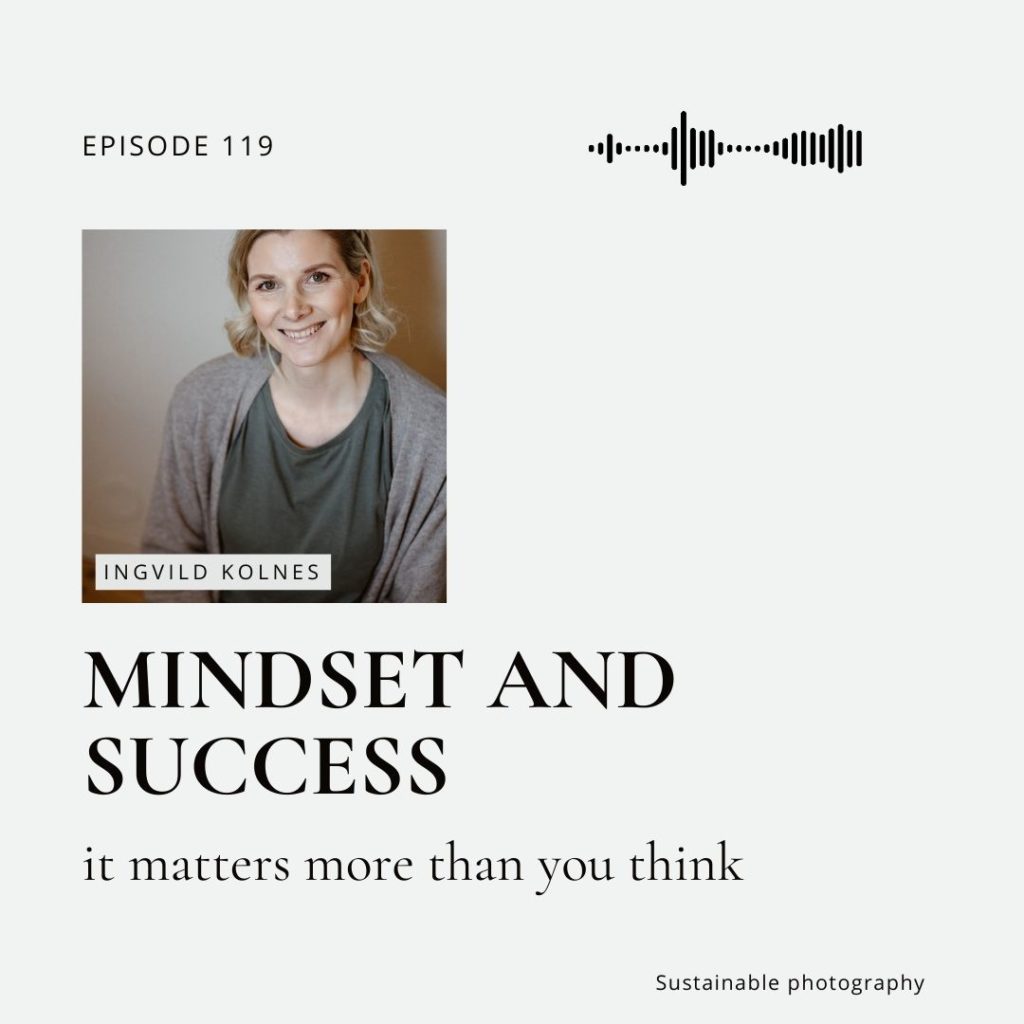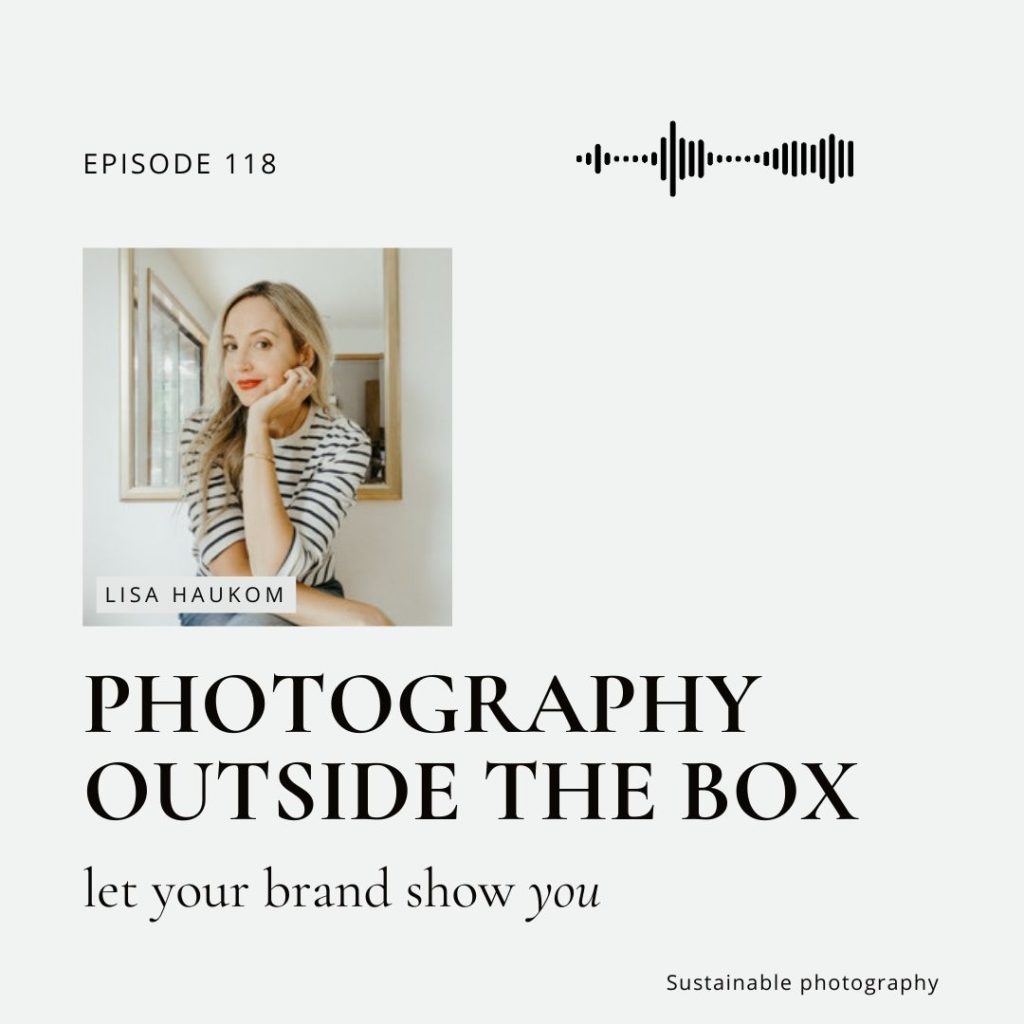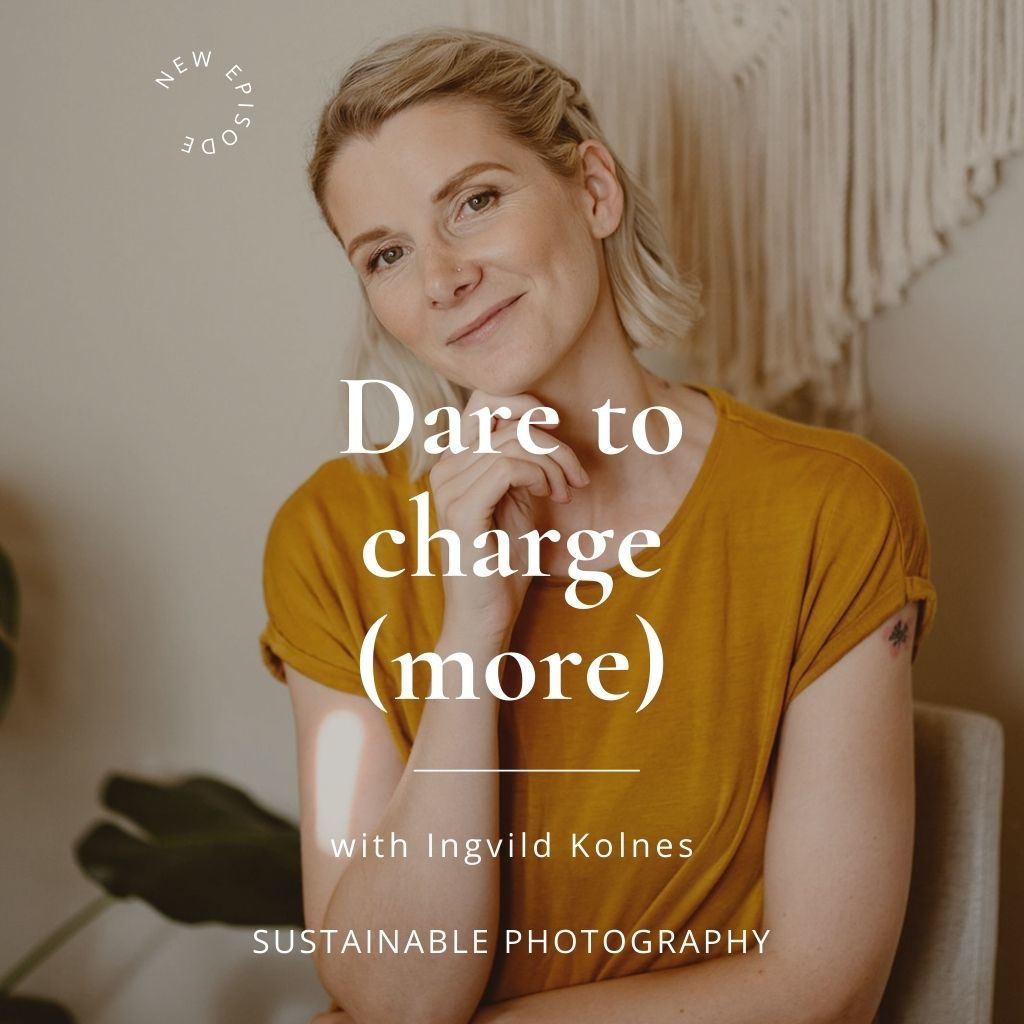73. Go from part-time to full-time photographer
If you want to quit your day job and be a full-time photographer, or even if you want to work less in your day job, it helps to have a plan.
You need to work out two things:
1. Figure out how much money you need
2. Set a timeframe.
Take your photography business seriously
Take your photography job seriously even when you’re not doing it full-time. It’s actually a common mistake to think that as long as it’s “just” a side job you don’t need to charge as much. But the work is the same (it might even take you longer), and the expenses are the same, so there is no reason not to charge the same amount. If you don’t you’ll see that you have to increase the price when you want to go full-time, and that might lead you into a whole different segment of the market meaning that you might need to change up a lot of what you business looks like.
Work out your prices
No matter if your business is part-time or full-time you have to work out your prices. Don’t guess, don’t look to other photographers but figure out your numbers.
Your prices should be based on the work you do, the value you give your clients, how sought after you are, your expenses, and how much you want to work – and – pricing is also a part of how your brand is perceived. Low prices attract a completely different client than high prices.
If your prices are too low it will be hard for you to work your way up to a profitable level. I started on the absolute bottom and it took me years to get profitable because I increased my prices so slowly and had to start over every time. Your prices have to be profitable from the very beginning.
You also want to be sure you have a separate business account, and if you want to make a living from your business you want to make sure you have a business structure that protects you. In Norway that is an AS that is an entity separate from yourself. Then you can employ yourself and have the same rights as any other employed person. That is a really good idea, because simply being self-employed has a lot of risks attached to it.
Make sure you set aside money for pension, insurance if you get sick or don’t have enough bookings come in and want to have a holiday. It’s not a good idea to spend all the money coming in.
Create the right time to quit your job
If you have a day job and you want to be a full-time photographer you actually have the chance of creating the right time for you to quit your job.
You can either way until you see that your future assignments are matching your current salary, or you can take a leap of faith and assume that you will get enough bookings based on the stats of the past.
We’re all different and dare to take different levels of risks. I quit my part-time job about five years ago. And I had several criteria I wanted to fill before I handed in my resignation. For example, I wanted to have a good amount of money in my savings account, and have a certain amount of weddings booked for the next year. Once everything was set I quit and I have never looked back.
The added time lets me put all my time and energy into my business instead of being spread across different things.
Benefits of keeping your day job a little bit longer
The benefit of having a day job or a part-time job is that you can save up money from your bookings to build up a buffer account for your business. If you haven’t listened to episode 9 I recommend you go check that out. I talk about how I structure the finances in my business. This allows me to have a set salary every month, and if you’re going from having a steady job to being a full-time self-employed person this is really recommended. And if you can set aside money for the things you need in before you are completely dependent on them it will make things a lot easier for you.
You can still have colleagues as a full-time photographer
When you no longer have a day job, colleagues, and you yourself are responsible for getting everything done it can feel daunting for many. Maybe it even feels like you can’t work full-time as a photographer because you don’t like to be by yourself. But it doesn’t have to be like that.
You can rent an office space with someone else, or have a studio with another photographer. Join a networking group – either online or IRL. There are lots of ways you can stay social and have co-workers without being employed.
Build routines to get things done
Many of my friends who are employed wonder how I ever get anything done. And yes, I have days where I can’t bring myself to get anything done, but most of the time it’s not a problem. I have a plan and I know what I need to focus on and get done. And that’s actually quite important. Because if you want until you feel like working or completing a specific project before you do it it’s really hard to be your own boss. Motivation is not what you should count on. Instead, focus on building routines.
Choosing your niche
It sounds a bit counterintuitive. You might think more offers mean more money. But before you get to the point where that might be true, it makes a lot more sense to get REALLY good at one thing, and then once you’ve got a handle on that you can add on another thing (if you need to).
Starting out being the photographer that does all the things for all the people rarely does you any favors. A niche can look different for different people. For some it’s ONE service, for others it’s one specific area and for others, it’s about the people.
And sure you can still make it work if you do a little bit of everything because you don’t want to choose. But I’m so sure you would do even better if you dare to figure out what you most what to do, what you do best, and what people most want from you – and say no to everything else.
Good luck with quitting your job and becoming a full-time photographer. I know you can do it!
Want more?
Ingvild Kolnes is the host of the Sustainable Photography Podcast, an educator for photographers, and is ready to help you with your photography business.
Learn more about the Sustainable Photography Program
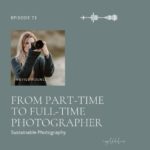

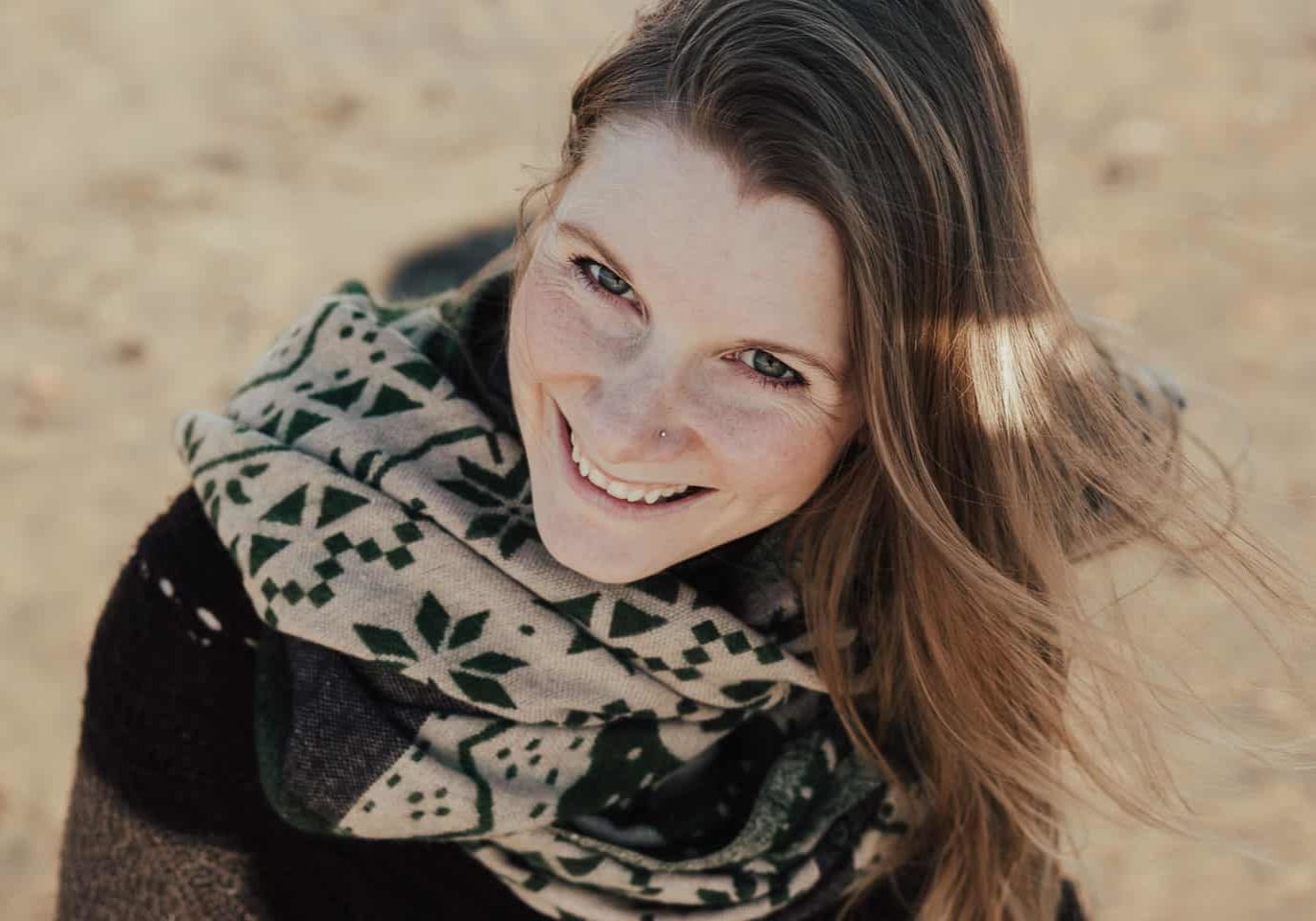
hi, i'm ingvild
This podcast is all about education and inspiration for photographers. A sustainable business is profitable and lasting. Instead of short-term wins you want to make sure you’re doing things that matter. Both to yourself, and to create the business you want. The goal of this podcast is that it will help you build and structure your business around your life, instead of the other way around.
